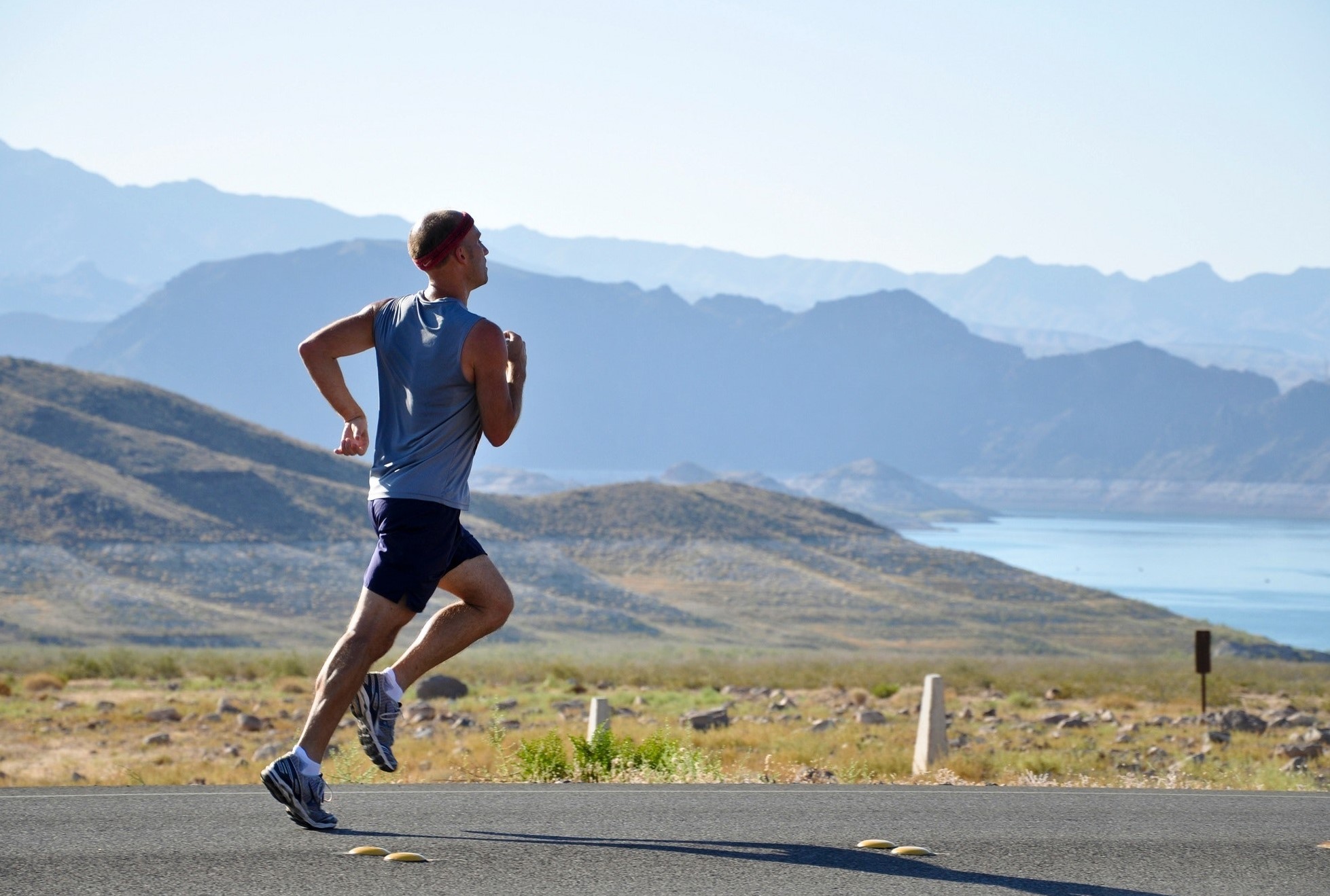 UAE, 12th March, 2019: The most common marathon running injury is known as the “runner’s knee” or Iliotibial band syndrome which affects about 33 percent of runners with an injury due to its frequency in running. Pain caused by friction of this fibrous band against bone over the lateral side (outside) of the knee. Usually very chronic and irritating, needs stretching, sometimes injection therapy and even surgery. Dr. Erik Hohmann, Consultant Orthopedic and Trauma Surgeon, Sports Physician, Burjeel Hospital for Advanced Surgery, Dubai takes a closer look at other common marathon running injuries such as Shin splints, Plantar fasciitis, and Stress fractures that affect marathon runners due to its long distance.
UAE, 12th March, 2019: The most common marathon running injury is known as the “runner’s knee” or Iliotibial band syndrome which affects about 33 percent of runners with an injury due to its frequency in running. Pain caused by friction of this fibrous band against bone over the lateral side (outside) of the knee. Usually very chronic and irritating, needs stretching, sometimes injection therapy and even surgery. Dr. Erik Hohmann, Consultant Orthopedic and Trauma Surgeon, Sports Physician, Burjeel Hospital for Advanced Surgery, Dubai takes a closer look at other common marathon running injuries such as Shin splints, Plantar fasciitis, and Stress fractures that affect marathon runners due to its long distance.
Shin splints: more common in teenagers, can occur in adults especially if they started training after a long period of inactivity. Training builds pressure inside shin and calf muscles, which are wrapped in stiff layers of connective tissue, the fasciae. Hyper pressure inside these muscle compartments cause poor blood flow and pain radiating to the margin of the tibia (shin bone). Treated with stretching, massage, ice packs and sometimes requires surgery.
Plantar fasciitis: Sharp pain under the heel caused by inflammation and even partial tearing of the plantar connective tissue band. Most common in mid-age, usually exertional, but can also be acute traumatic tear. Takes a long time to heal, treated with heel cups, insoles, physiotherapy. Some cases react well to shock wave therapy. Surgery needed only occasionally.
Stress fractures: Foot (metatarsal) and tibia stress fractures are rather common in marathon runners. Usually take months to develop, milder symptoms initially. At worst may cause sharp pain at every step. Treated with rest, no running or other form of impact loading allowed. Takes several months to heal.
Some of the anatomical anomalies, including high arched feet, or bowed or knock knees, increase the chances of injury where marathon runners must take measure to avoid the same. High arched feet are stiffer and can cause higher impact to the feet. Well cushioned shoes are crucial to reduce injury
good in running. However, they are prone to develop degenerative osteoarthritis later in life.
Dr. Erik explained some of the rehabilitative measures and treatment options for these problems. “All of the above are first treated with conservative methods: physiotherapy, changes in running style and training habits, change of running shoes, and occasionally anti-inflammatory medication. Ice packs are simple and effective in mild cases. Surgery is needed in very selected cases, more so with the Achilles tendon and knee disorders.” He further said, “Marathon and long distance runners can avoid the chances of injury when they train by avoiding stress related injuries: Most importantly one must have patience. Increase training loads and change training patterns very slowly and gradually in order to give the body time to adjust and adapt.”
He stressed that some of the warning signs of more serious injuries is mild pain increasing with running Do not try to” run through the pain”. Some of the common mistakes amateur runners make that can cause injuries in the long run is too much too soon! Taking on an ambitious goal (like Iron Man, starting immediately with very hard training without giving the body time to adapt. Trying to run through the pain, therefore turning a mild problem into a serious one.
Proper balance and core stability training and recovery is crucial for marathon runners. Key is to increase your running very slowly and gradually. Getting from zero to 40 km/week of running takes several months. Body needs days of rest, especially after longer runs. Otherwise everyday “micro injuries” do not have the time to be repair, thus accumulating to more severe injuries.
